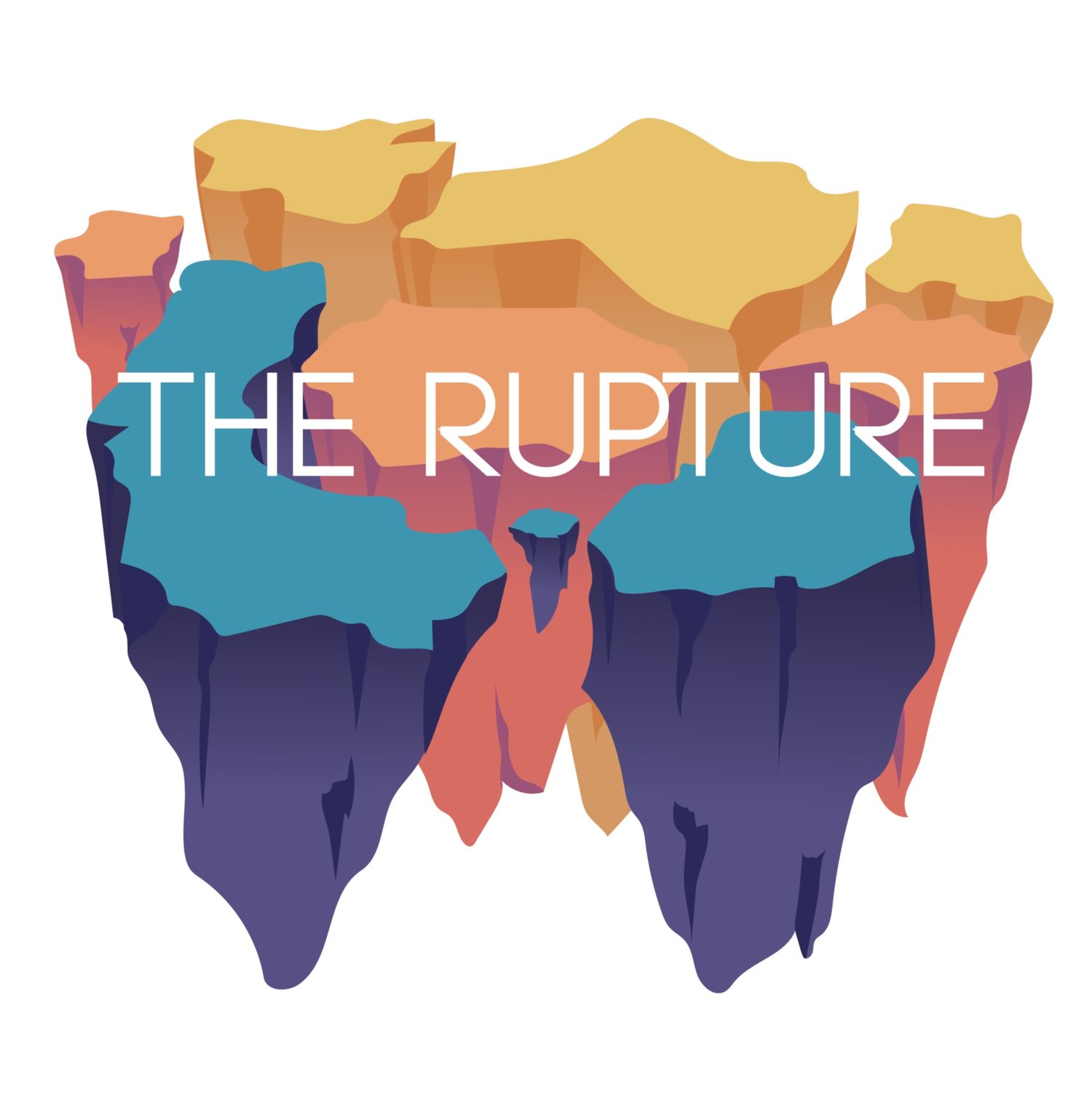 Matthew Wimberley grew up in North Carolina's Blue Ridge Mountains. His chapbook, Snake Mountain Almanac, was selected by Eduardo C. Corral as the winner of the 2014 Rane Arroyo Chapbook Contest from Seven Kitchens Press. Winner of the 2015 William Matthews Prize from the Asheville Review, and a finalist for the 2012 Narrative 30 Below Contest, his writing has appeared or is forthcoming in: The Greensboro Review, The Missouri Review, Narrative, Orion, The Paris-American, Poet Lore, Puerto Del Sol, Rattle, and Verse Daily. Wimberley received his MFA from NYU where he worked with children at St. Mary's Hospital as a Starworks Fellow.
Matthew Wimberley grew up in North Carolina's Blue Ridge Mountains. His chapbook, Snake Mountain Almanac, was selected by Eduardo C. Corral as the winner of the 2014 Rane Arroyo Chapbook Contest from Seven Kitchens Press. Winner of the 2015 William Matthews Prize from the Asheville Review, and a finalist for the 2012 Narrative 30 Below Contest, his writing has appeared or is forthcoming in: The Greensboro Review, The Missouri Review, Narrative, Orion, The Paris-American, Poet Lore, Puerto Del Sol, Rattle, and Verse Daily. Wimberley received his MFA from NYU where he worked with children at St. Mary's Hospital as a Starworks Fellow.
His poem, "Elegy Where the Snow Speaks Its Own Name," appeared in Issue Seventy-Three of The Collagist.
Here, he speaks with interviewer Christina Oddo about about poetry as a tool for empathy, using the image to navigate through time, and stream-of-consciousness.
What pushed you to a one-stanza piece?
I tend to write all my poems like this. There are times the poem will lead me to play with the arrangement on the page (beyond the line breaks), but I try to listen for what the poem wants to be. Because poetry feels like it lives orally, I tend to shy away from arrangements I don’t feel I can duplicate off the page when reading aloud.
For you, what connects these images, and what role did stream-of-conscious style play in this piece, if any?
For me images are how I navigate time. In a poem this might seem apparent, but I think being able to move around a geography and recreate a landscape through image (not just sight, but sound, smell, taste…) is what I’m most attracted to in a poem. I don’t think my ear for music in a line is as strong on its own so I rely heavily on images to guide me to the music of language.
Stream-of-conscious is something that’s often at work in my poems unintentionally, so I guess that means naturally. I take note of so many images when I’m out walking or driving, and I think this act of being on the go is worked onto the page as stream-of-conscious.
The question presented towards the bottom of the stanza creates a small shift in the flow of the piece. How does the question affect how images are presented in the last eight lines?
I think the shift addresses the unknown. It’s a shift to something simple, that the world is always existing beyond us, that other people have experiences which give them different perspectives. That might sound like a platitude, but I’m interested in poetry as a tool for empathy, and I think this person who may or may not exist at all in the poem is speaking to that. It allows the speaker to not only step away from the self, but to appreciate it a little more.
What are you currently reading?
Right now The Darkening Trapeze by Larry Levis, and The White Album by Joan Didion, and What You and the Devil Do to Stay Warm by Tyree Daye.
What are you currently writing?
I’m working on my first collection of poetry All the Great Territories.

